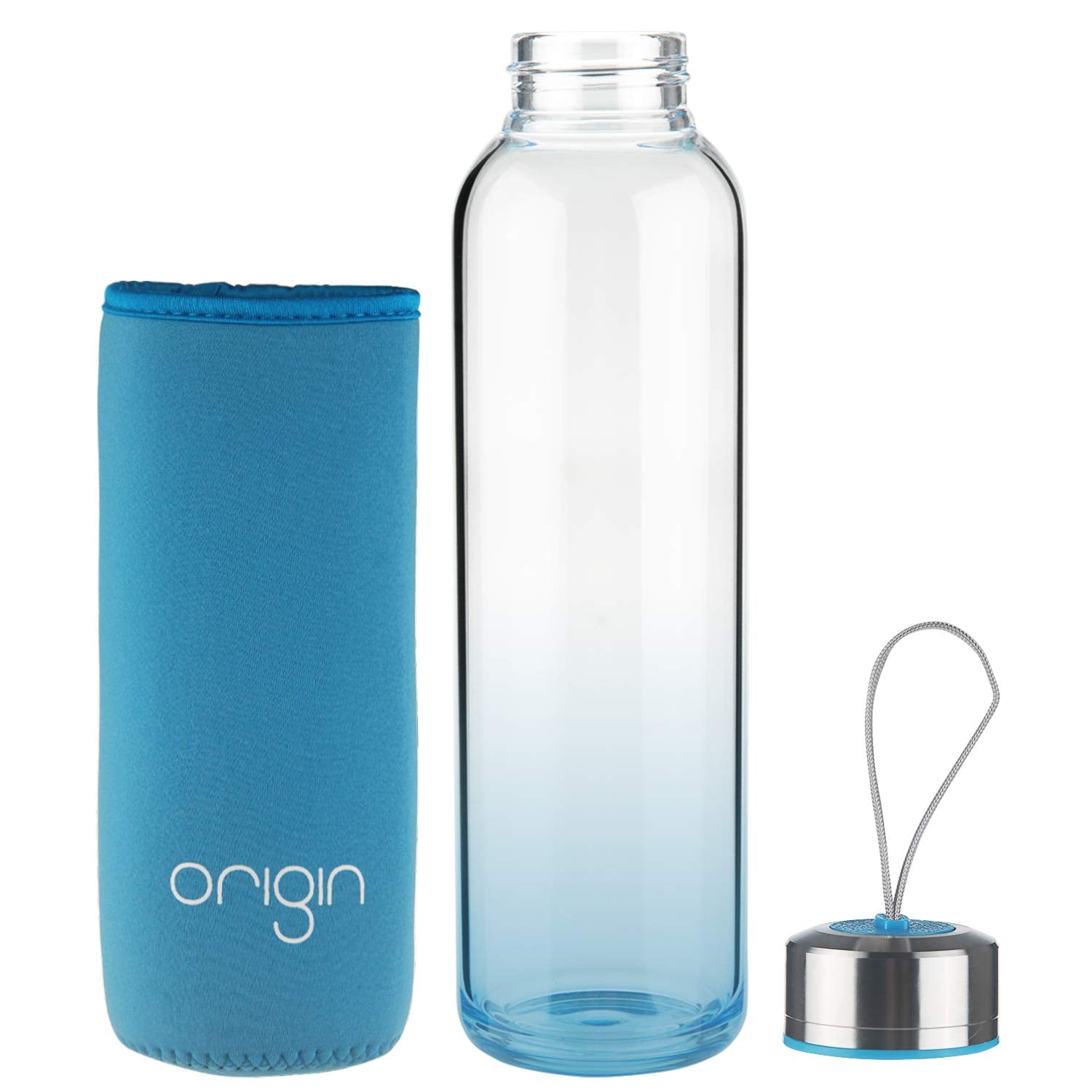
One of the key reasons we love glass is because it is so safe. Boron trioxide and silica.
Boron trioxide and silica.
Is borosilicate glass safe. Borosilicate glass is also lead and BPA-free making it perfectly safe for use as drinking glasses. True borosilicate glass is actually safer than tempered soda-lime glass which is what many companies currently use to make kitchenware. For more information on borosilicate glass and other types of glass read our guide to understanding glass here.
Borosilicate glass is actually safer than tempered soda-lime glass. It has enough strength to compete with plastic but it does not contain any of the harming toxins like phthalates or BPA. BPA has serious health consequences when ingested especially for children and babies.
It is used for our common microwave oven special glass turntables heat-resistant Teapot teacup etc. Many glass cups on the market are made of high borosilicate glass which is more resistant to high and low temperatures than traditional glass and is recognized as a safer glass material. Due to its low alkali content borosilicate glass can be used as a high insulator so it is suitable for applications requiring high non-conductive properties at high temperatures up to 450 C.
Because of the unique structure of borosilicate glass borosilicate glass has a neutron absorption effect. Borosilicate glass is a special kind of glass which incorporates two chemicals in high concentration. Boron trioxide and silica.
These safe and environmentally-friendly chemicals make borosilicate glass more heat resistant than other forms of glass on the market. This occurs because it is actually seeping into your water due to the solubility of the plastic and steel. This is both harmful to your health and unpleasant.
When using borosilicate glass the liquid inside remains pure and because borosilicate glass has low solubility it keeps your beverage free from contamination. Generally speaking no. I mean it depends on what you mean by safe – borosilicate glass is less likely to shatter in explosive ways compared to some other types of glass.
Glass vessels designed specifically for cooking are probably even less likely to fail in a way that is dangerous. Borosilicate glass is not toxic it is used heavily in both cooking ware and in laboratory glass ware. Heating it in the way you describe will not cause any bad by-products.
On the other hand tobacco smoke is quite toxic. Further when borosilicate glass breaks it breaks into larger heavier pieces of very sharp glass creating a significant risk of severe cuts punctures etc. Significantly Anchor Hocking experienced a greater than 90 reduction in its replacement rate due to breakage during the first 10 years of tempered soda-lime-silicate production.
Having carried out 197 tests on 72 new and secondhand drinking glass products including tumblers jars and beer and wine glasses it was found that many contained dangerous levels of. Although borosilicate glass is more resistant to thermal shock than tempered glass under sufficiently extreme temperature changes it can still break more on this below. Its also more likely.
Borosilicate glass is regularly used for common household oven and cookwares laboratory apparatus various high intensity lighting applications and glass fibres for textile and plastic reinforcement. One of the key reasons we love glass is because it is so safe. It is generally completely inert ie non-reactive and non-leaching and is impermeable to liquids and gases.
Many other kitchenware companies in the US also made the switch to the less temperature-resistant soda-lime glass but in Europe borosilicate glass is still commonly used for cookware. In fact borosilicate glass is perfectly safe to use in both kitchen and laboratory applications. Report as additional support for the safety of borosilicate glass ingredients.
The Panel concluded that borosilicate glasses are safe as cosmetic ingredients in the practices of use and concentration as given in this safety assessment. INTRODUCTION The borosilicate glass ingredients used in cosmetics include. Borosilicate glass is more resistant to chemicals.
Borosilicate glass is more thermally stable which allows it to withstand use in applications where it is subjected to high then low temperatures. In terms of cost soda-lime glass is generally more readily available and more affordable than borosilicate glass. The locking lids of the Bovado USA glass cookware are 100 Leak-proof.
Since this product is made of Borosilicate glass they are heat resistant oven safe microwave safe dishwasher safe freezer and fridge safe. Enjoy your casserole lasagna brownie and more recipes with this Borosilicate glass cookware. Both borosilicate and soda lime glass manufactured today are free of lead and BPA.
Glass in general is much safer than plastic and metal in that it is non-reactive and non-porous. However its important to beware of vintage glass bakeware produced in the mid 1900s by Pyrex or. Borosilicate glass has a higher percentage of silica silicone dioxide than your everyday glass.
Plus boron trioxide is added at a high ratio usually about fifteen percent. The boron makes it so that the glass doesnt expand as fast when exposed to drastic changes in temperature.